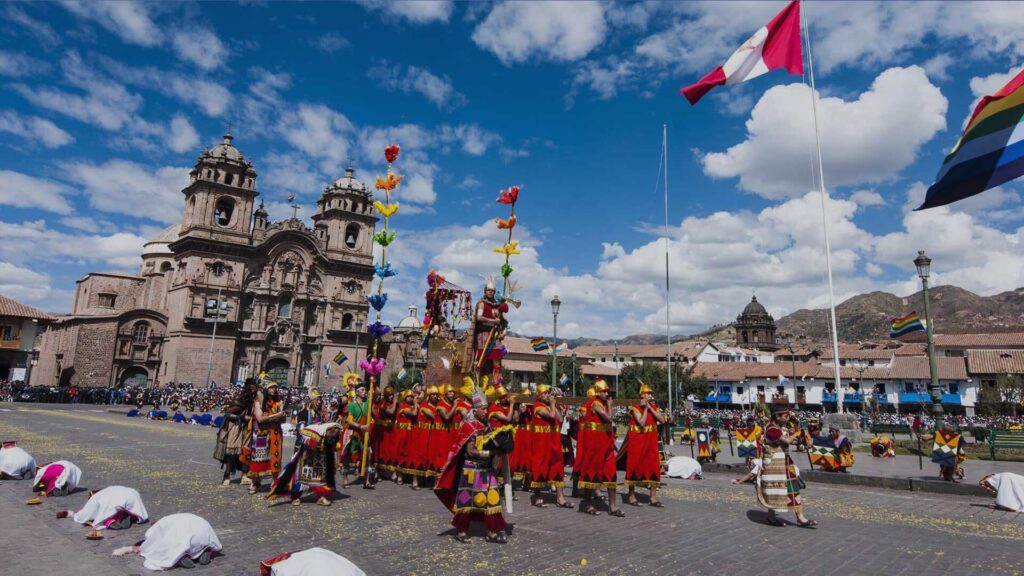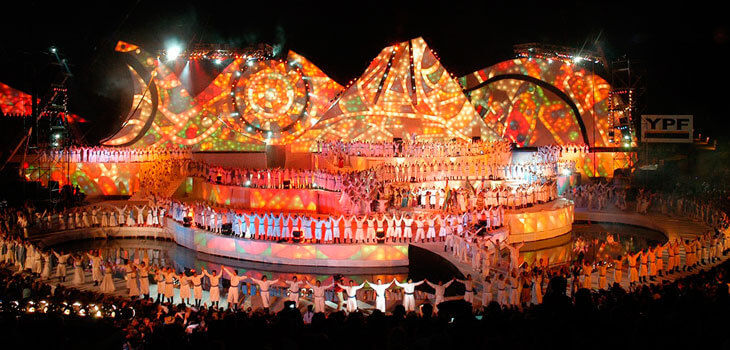South America is a continent bursting with life, rhythm, and traditions. From Brazil’s world-famous Carnival to Peru’s spiritual Inti Raymi, cultural festivals in South America play a vital role in uniting communities and celebrating heritage. But along with vibrant parades, colorful costumes, and endless music comes a hidden cost—the environmental impact. Festivals often generate massive waste, consume high amounts of energy, and increase carbon emissions. That’s where eco-friendly practices step in. Today, more and more cultural festivals in South America are embracing sustainability without losing their cultural essence. By implementing green initiatives such as waste reduction, recycling programs, and the use of renewable energy sources, these festivals are finding ways to honor their traditions while also protecting the environment. This shift not only helps to mitigate the ecological footprint of these celebrations but also raises awareness among attendees about the importance of sustainability. As communities come together to celebrate their rich cultural heritage, they are also taking steps to ensure that future generations can enjoy these vibrant festivals in a healthier, more sustainable world.
Table of Contents
Understanding the Environmental Impact of Festivals
Despite their excitement, cultural festivals in South America have an ecological impact. Imagine spectacular light shows powered by energy, or a parade followed by tonnes of plastic plates and cups strewn everywhere. Since thousands of visitors drive or fly to festival locations, transportation costs also mount up. These practices have the potential to damage local ecosystems if they are not stopped. In light of this, communities and organizers are now figuring out how to limit the harm while preserving the festivities. By adopting sustainable practices, such as reducing single-use plastics, promoting public transportation, and utilizing renewable energy sources, cultural festivals in South America can continue to thrive without compromising the environment. Initiatives like waste management programs and eco-friendly materials are becoming increasingly common, allowing festival-goers to enjoy the celebrations while being mindful of their ecological footprint.
The Rise of Sustainable Festivals in South America

Nowadays, sustainability is a movement rather than just a catchphrase. Communities, NGOs, and governments around South America are advocating for environmentally sustainable events. Festivals are gradually being greener, from encouraging renewable energy to outlawing single-use plastics. The change is also indicative of a larger worldwide movement that links environmental respect and cultural preservation.
Traditional Practices Aligned with Sustainability
Interestingly, eco-friendly practices are not new to South America. Indigenous communities have always celebrated in harmony with nature, and cultural festivals in South America often included biodegradable decorations, handmade costumes from natural fibers, and rituals honoring Pachamama (Mother Earth). These time-honored traditions now serve as a guide for modern festivals aiming to strike a balance between culture and sustainability. By drawing inspiration from these ancestral practices, contemporary celebrations can embrace eco-friendly initiatives while preserving their rich cultural heritage. This fusion of tradition and sustainability ensures that the vibrant spirit of South American festivals continues to thrive for future generations.
Eco-Friendly Practices in Major South American Festivals
Carnival in Rio de Janeiro, Brazil

The biggest street party in the world has also been making strides toward sustainability. Recycling programs, eco-conscious costumes made from recycled fabrics, and solar-powered parade floats are now part of the show.
Inti Raymi in Peru

This Incan festival of the sun is rooted in respect for Pachamama. Celebrations include eco-conscious rituals, sustainable food offerings, and minimal waste generation.
Fiesta de la Vendimia in Argentina

Wine lovers rejoice in this grape harvest festival. To go green, organizers emphasize locally sourced foods, eco-friendly packaging, and recycling wine bottles.
Festival of San Juan in Ecuador

With bonfires, dances, and traditional foods, this festival incorporates local crafts and biodegradable decorations, reducing harmful waste.
Waste Management Innovations
No festival can claim sustainability without tackling waste. South American festivals are introducing recycling bins, composting stations for food scraps, and campaigns to cut down on single-use plastics. Some festivals even reward visitors who bring reusable bottles or cups.
Sustainable Energy Solutions
Imagine dancing to music powered by the sun. Festivals are experimenting with solar-powered stages, LED lighting, and energy-efficient sound systems. In remote areas, renewable energy projects bring electricity while reducing reliance on fossil fuels.
Food and Beverage Sustainability
Any party revolves around the food, but the presentation is important, especially at cultural festivals in South America. Nowadays, many festivals collaborate with nearby farms to provide fresh, organic produce, enhancing the culinary experience while supporting local agriculture. Reusable water stations, plates made from banana leaves, and biodegradable cutlery are taking the place of dangerous plastics, reflecting a growing commitment to sustainability. This shift not only reduces waste but also highlights the rich agricultural heritage of the region. By prioritizing eco-friendly practices, cultural festivals in South America are creating a more responsible and enjoyable atmosphere for all attendees.
Sustainable Tourism and Transportation
Tourism boosts local economies, but eco-friendly travel is key. Festivals encourage bike rentals, shuttle buses, and walking tours to cut down on carbon emissions. Some events even include carbon offset contributions in ticket prices to balance out environmental impact.
Role of Local Communities
Sustainability thrives when locals are involved. Communities take charge by creating eco-friendly crafts, organizing clean-up teams, and teaching visitors about green practices. Supporting local artisans not only reduces imports but also strengthens the community economy.
Case Studies of Green Festivals
- Brazil’s Green Festival Movement promotes recycling and clean energy in music and cultural events.
- Chile’s Eco-Cultural Gatherings combine art, tradition, and environmental education.
- Colombia’s Environmental Awareness Campaigns ensure festivals double as platforms for ecological education.
Challenges in Implementing Eco-Friendly Practices
Of course, going green isn’t easy. Some festivals struggle with limited budgets or lack of eco-friendly infrastructure, especially in rural areas. Others face the challenge of balancing long-held traditions with new sustainability goals. Yet, small changes are proving that even modest steps can make a big impact.
Future of Eco-Friendly Cultural Festivals
The future appears bright for cultural festivals in South America. These celebrations will continue to be shaped by advancements in waste management, biodegradable materials, and sustainable energy. The younger generation is particularly enthusiastic about combining environmental responsibility with tradition, actively seeking ways to innovate while honoring their cultural heritage. This commitment to sustainability not only enhances the festival experience but also fosters a deeper connection to the environment. As these eco-friendly practices gain momentum, it’s possible that South America may lead the world in environmentally friendly cultural festivals, setting a powerful example for other regions to follow in preserving both culture and nature.
Also visit:
Secret Treasures: Discovering Hidden Gems in Italy
Hidden Gems in Italy: Exploring Beyond the Tourist Trail
Hidden Gems in Italy That Will Take Your Breath Away
The Best Beaches in Florida for Nightlife and Entertainment
The Best Beaches in Florida for Beach Volleyball
Conclusion
Cultural festivals in South America are proof that joy and sustainability can go hand in hand. By respecting traditions, empowering communities, and adopting green innovations, these celebrations are not just about preserving culture—they’re also about protecting the planet. The next time you attend a festival, remember: every eco-conscious choice contributes to a greener future.




